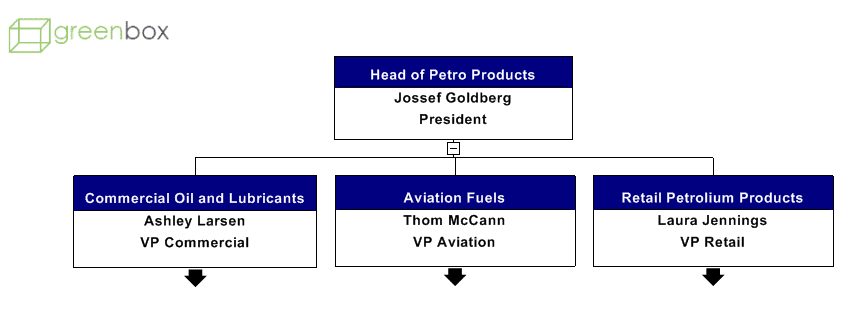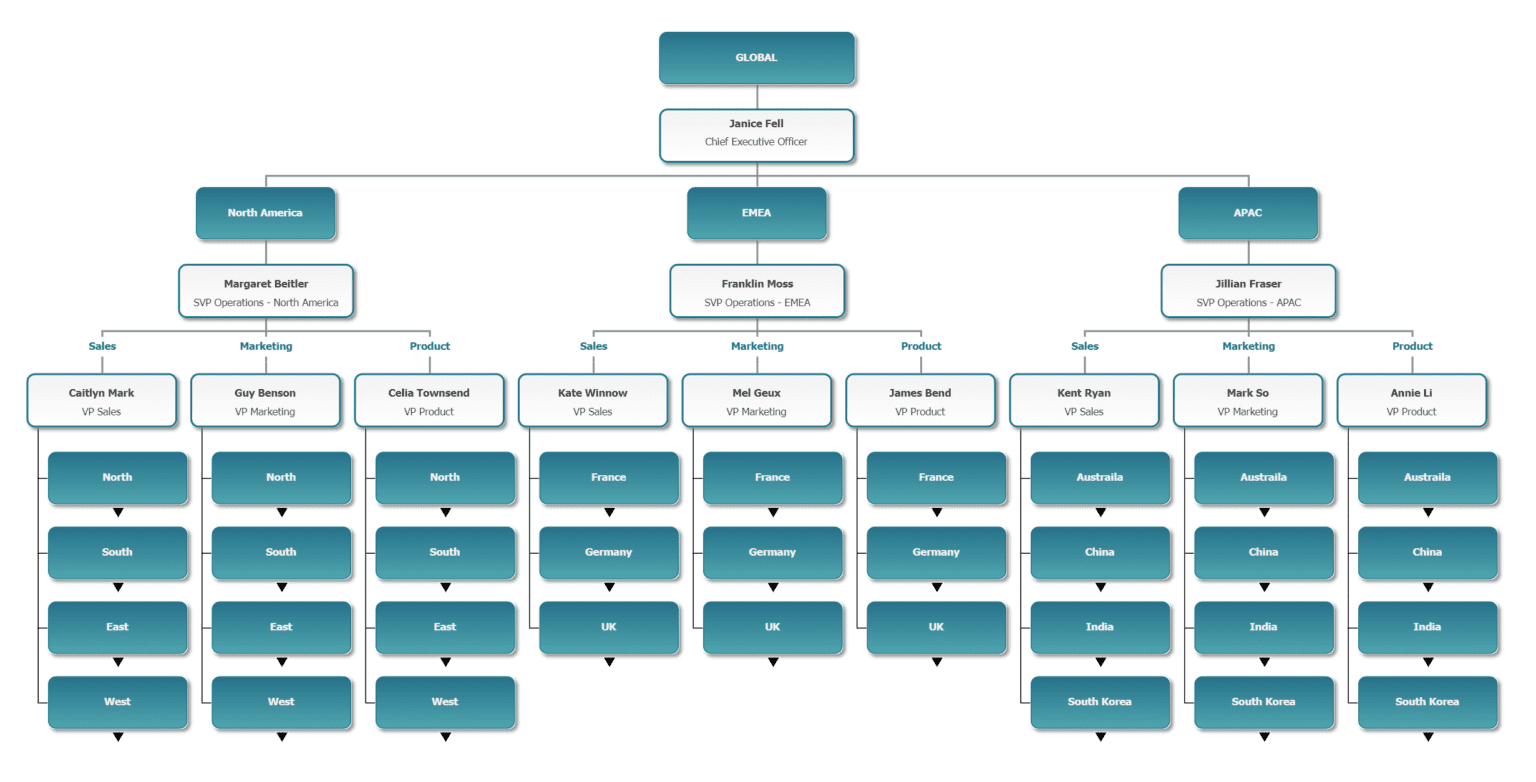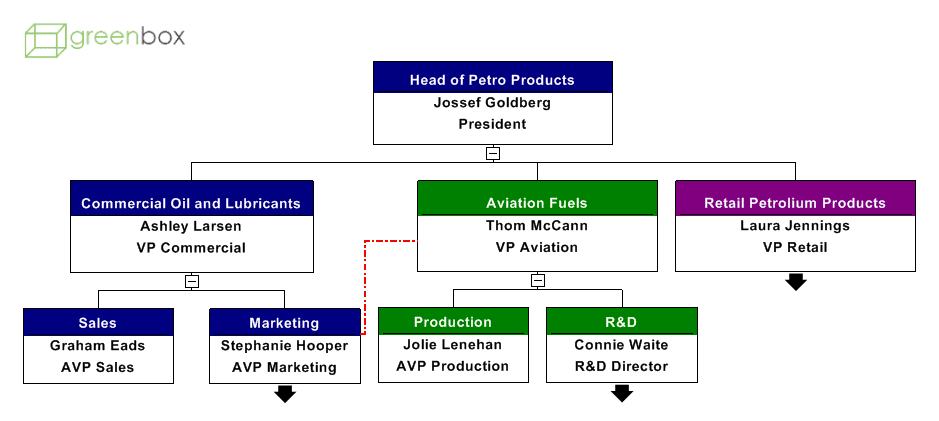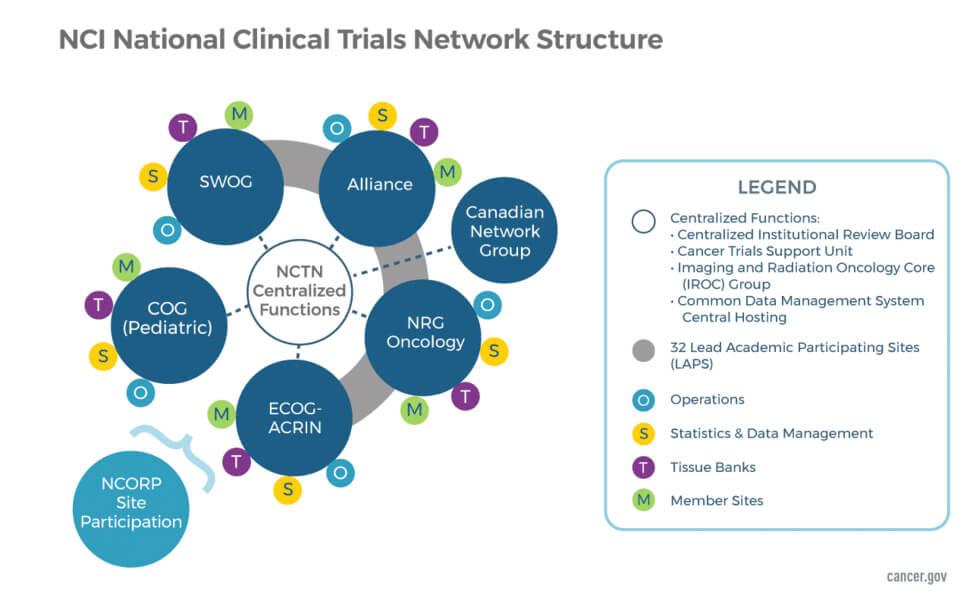July 5, 2023
3:53 PM
By OrgChart Team
An organization’s structure is pivotal in driving its efficiency, collaboration, and communication. For customer support and service teams that directly interact with customers, the structure significantly impacts the customer experience. This article presents an in-depth review of the various organizational structures from an experienced HR perspective.

A functional organizational structure is prevalent in businesses of all sizes. As outlined by Indeed, it “separates companies into departments based on job functions.” The clear delineation of responsibilities aids in managing workload, promoting expertise within specific job functions, and optimizing resources. However, this structure can lead to silos if communication between departments isn’t encouraged and facilitated.

When a company has distinct product lines that require separate management, a product-based divisional structure may be the optimal choice. This structure enhances product specialization and accountability. However, HR professionals must be vigilant about possible duplicate roles across divisions, leading to inefficiencies.
A market-based divisional structure allows a company to cater to specific customer segments effectively. It offers the advantage of tailoring services and products to different markets. HR teams play a critical role in identifying and nurturing the unique skills needed in each segment.

For companies with widespread operations, the geographical divisional structure helps address local needs and navigate diverse market conditions. From an HR perspective, cultural intelligence and awareness become crucial in staffing and training decisions.
In a process-based structure, companies center their organization around key processes. Zendesk notes that this type of structure emphasizes “efficiency and process optimization.” HR’s role includes ensuring smooth interdepartmental workflows and fostering an environment of continuous improvement.

Matrix structures allow employees to report to multiple managers, enhancing communication and collaboration. It combines different functional and divisional directives, offering a balanced decision-making process. However, this structure may confuse roles and responsibilities. HR must ensure clear role descriptions and nurture a collaborative environment.
In the circular organizational structure, decision-making and communication flow from the center to the outer layers. This structure encourages transparency and open communication, reducing hierarchy. HR’s role is pivotal in cultivating a company culture where ideas and feedback flow freely.
Flat structures are common in startups and small businesses, fostering faster decision-making, innovation, and a high degree of interactivity between management and staff. HR must develop employees’ self-management skills and promote a strong sense of accountability.
A network structure is ideal for companies operating in a highly networked environment or engaged in outsourcing. It promotes a collaborative environment among different entities. HR must work closely with all network partners to ensure alignment in goals, values, and standards.

Chart from the National Institutes of Health (NIH) depicting a network organizational structure
The selection of an organizational structure aligns with a company’s strategy, size, and operational complexity. HR plays a vital role in shaping, implementing, and refining these structures, and a well-planned structure significantly enhances customer support and service teams’ performance. HR professionals should continuously assess the effectiveness of their organizational structures and be willing to adapt them as the company grows and evolves.Tags: